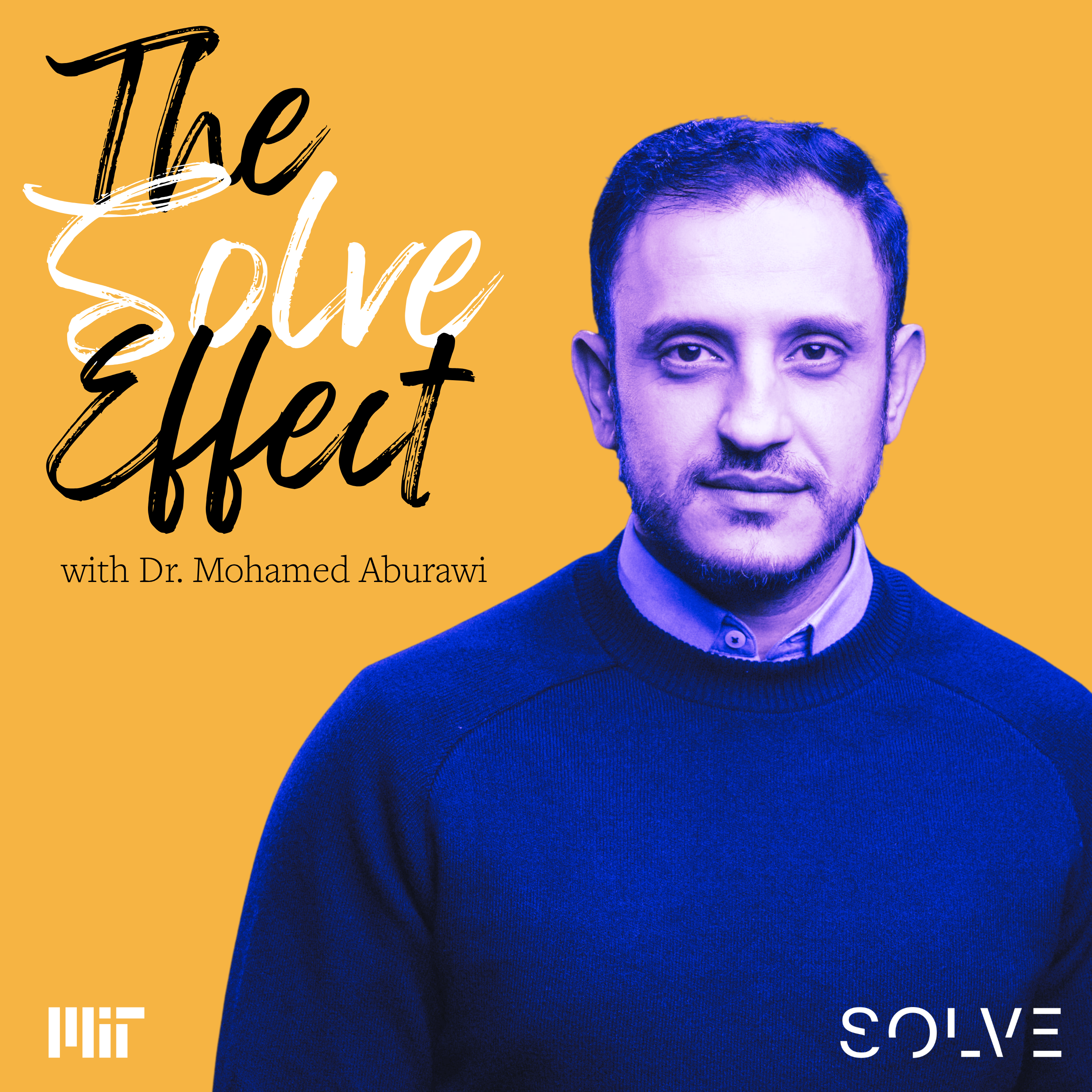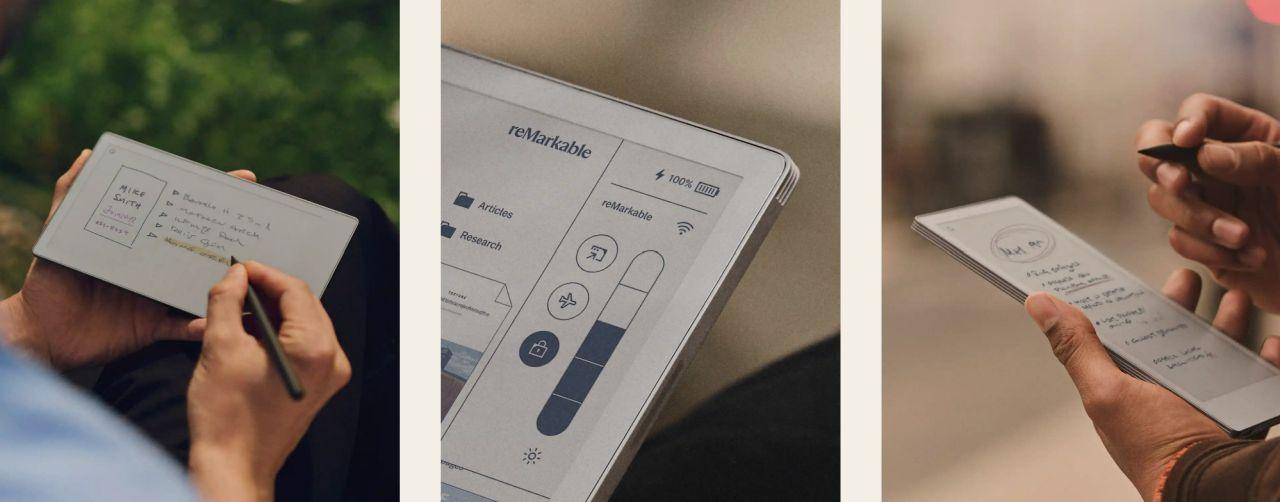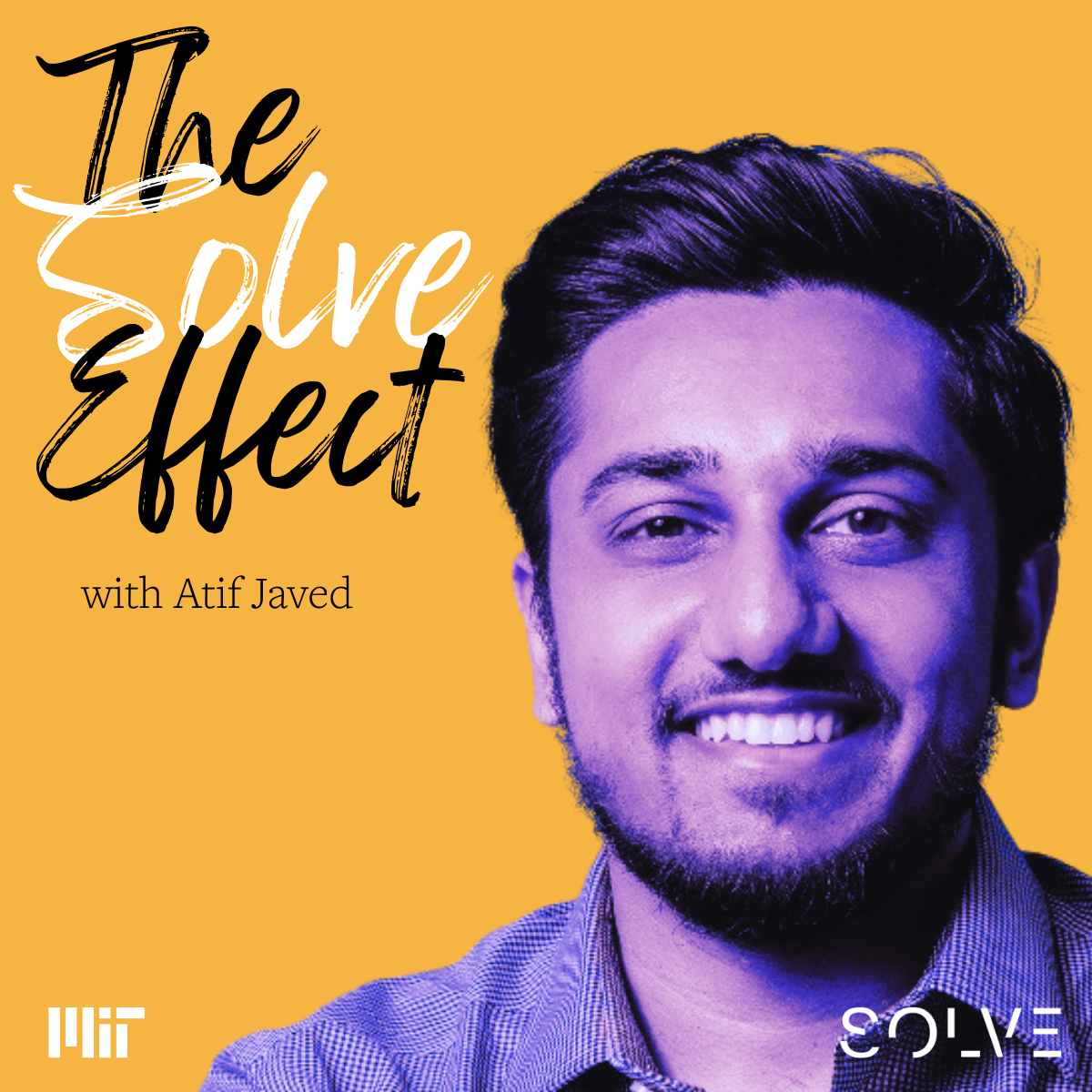
Four Ways to Upgrade Brain Health in the Digital Age
Are you applying to the Solve 2017 Global Challenge on Brain Health? Let me suggest four key points and 20 resources to help guide you in submitting a solution.
Here's what the Challenge says about brain health:
“Brain and mental well-being are critical to the health and happiness of the 7.5 billion people who inhabit our planet…shifting the conversation from treating brain diseases to improving well-being may begin to dissolve the cultural stigma that makes it difficult for many to seek help.”
Insufficient brain healthcare is one of the most pervasive and multi-faceted problems our world faces today. From the young to the old, the rich to the poor, those living in dense cities to isolated farmlands, anyone can be affected by brain health problems. Yet, current solutions to this problem are limited. While some innovations have made significant strides towards improved brain health, there is a pressing need for stronger prioritization of cognitive healthcare and more proactive innovation towards preventative treatments.
 Source: The State of the Digital Brain Health Market 2012-2020 (SharpBrains)
Source: The State of the Digital Brain Health Market 2012-2020 (SharpBrains)
That's why it’s so timely that Solve is gathering innovations aimed at addressing this problem. Solve is posing this Challenge to anyone, anywhere. The judging panel wants to hear your solution.
As you get ready to submit your innovation to the Solve Brain Health Challenge, here are four points for upgrading brain and mental health to keep in mind based on SharpBrains’ work tracking applied neuroscience trends:
1. Prioritize scalable solutions for all:
Effective, efficient brain healthcare must be seen not as a luxury for the few, but as a necessity for the many.
- Among children, learning and cognitive disabilities are becoming increasingly prevalent.
- Among adults, over 300 million people suffer from depression—not to mention substance abuse and other mental health conditions.
- Among older adults, staying mentally sharp and addressing aging-related cognitive decline and neurodegenerative diseases are top priorities, especially given extended life expectancy.
Inadequate brain healthcare afflicts everyone, so we need to offer treatment for everyone, and for the healthy as well as the clinical. Prevention is often the best treatment and proper brain development is often the best prevention, so the earlier we all start taking care of our brains, the better.

2. Harness lifelong neuroplasticity:
“Every man can, if he so desires, become the sculptor of his own brain.” —Neuroscience pioneer Santiago Ramón y Cajal
Much recent innovation is enabled by the core fact that the human brain continually changes itself through experience. This is called neuroplasticity, or brain plasticity. For a long time, conventional wisdom held that, after a certain age, the brain became “fixed,” but scientists and patients now know the brain never stops changing. The brain is able to rewire itself based on experience by, among other factors, generating new neurons and forming new connections between neurons.
Around the world, innovators are grappling with the question of how best to harness neuroplasticity to help us lead better lives, enhance our brains, and delay brain health decline. Progress has been made: we know that strengthening specific circuits of the brain through education, lifestyle, and targeted intervention such as neurostimulation can help us learn faster and become more resilient to brain decline. But, these solutions have not yet harnessed the full potential of neuroplasticity to revive brain health around the world.
3. Harness pervasive technologies and artificial intelligence (AI):
We are witnessing the coming of age of a very promising data-driven brain health toolkit enabling:
- Easier access to meditation and mindfulness practices via apps and bio- and neuro-feedback
- Personalized medicine and increased adherence via gamification and AI
- Sensorimotor and physiological improvements via virtual and augmented reality
- Non-invasive, real-time brain monitoring and enhancement enabling better diagnostics, treatments, and prevention strategies
 Source: Market Report on Pervasive Neurotechnology: A Groundbreaking Analysis of 10,000+ Patent Filings Transforming Medicine, Health, Entertainment and Business (SharpBrains)
Source: Market Report on Pervasive Neurotechnology: A Groundbreaking Analysis of 10,000+ Patent Filings Transforming Medicine, Health, Entertainment and Business (SharpBrains)Innovators are utilizing this toolkit to drive substantive, impactful change:
- Akili Interactive Labs is on track to develop and commercialize FDA-approved monitoring and treatment environments (essentially video games) to treat mental health issues such as ADHD, autism spectrum disorders, depression, Alzheimers, and Parkinson’s disease.
- MindMaze raised US$100M in 2016 to develop platforms based on virtual reality, augmented reality, computer graphics, brain imaging, and neuroscience to reinvent neuro-rehabilitation.
- Baycrest recently secured US$124M from the governments of Canada and Ontario, industry, and various donors to build the new Canadian Centre for Aging & Brain Health Innovation, which has a mission to innovate, accelerate, and scale evidence-based brain health solutions including the web-based cognitive screening platform Cogniciti.
4. Educate users and encourage human-centered innovation:
This flurry of innovation has, unfortunately, also led to much confusion and controversy.
Would you implant electrodes in your brain as proposed by Elon Musk’s latest venture, given that non-invasive methods could deliver many of the benefits with no risk? How will people know what treatments to use, how to use them, and when to use them based on available evidence?
Fortunately, professional groups are stepping up to help. Many health professionals are expanding their practices, helping to integrate the growing range of options using frameworks—such as those described in this book and others listed below—to prioritize the many pieces of the brain health puzzle and use technology to augment, but not overturn, our lifestyles.
I’m proud to contribute to the MIT Solve initiative to support, enable, and help facilitate these efforts towards human-centered solutions to improving brain health globally. Through the Brain Health Challenge, we are seeking to unearth and support innovative solutions to improving brain health and fitness for all. If you have an idea, a design, or an innovation that addresses this Challenge, we want to hear it! You can learn about the benefits for selected Solver teams.
Additionally, let me offer these 20 cross-disciplinary resources for creating, developing, and submitting your innovation to the Brain Health Challenge. The deadline for submission is August 1, 2017. All the judges look forward to hearing your solution!
I. The Big Picture
- The Digital Future of Brain Health (World Economic Forum)
- Making Mental Health a Global Priority (World Health Organization/World Bank)
- The 10 Skills You Need to Thrive in the Fourth Industrial Revolution (World Economic Forum)
- Solving the Brain Fitness Puzzle Is the Key to Self-Empowered Aging (Generations)
II. Scientific Research
- Summary of the Evidence on Modifiable Risk Factors for Cognitive Decline and Dementia: A Population-Based Perspective (Alzheimer’s & Dementia)
- Identification of a Common Neurobiological Substrate for Mental Illness (JAMA Psychiatry)
- A 2-Year Multidomain Intervention of Diet, Exercise, Cognitive Training, and Vascular Risk Monitoring Versus Control to Prevent Cognitive Decline in At-Risk Elderly People (FINGER) (The Lancet)
III. Technology Trends
- Trends in Neurotechnology (Potomac Institute for Policy Studies)
- Infographic & Report on Pervasive Neurotechnology: A Groundbreaking Analysis of 10,000+ Patent Filings Transforming Medicine, Health, Entertainment and Business (SharpBrains)
- At the Frontier of Big Data and Brain Health (PPT presentation by several experts)
- Towards New Human Rights in the Age of Neuroscience and Neurotechnology (Life Sciences, Society, and Policy)
IV. Market Data, Players, and Trends
- Infographic & Report on Digital Platforms for Brain/Cognitive Assessment, Monitoring, and Enhancement (SharpBrains)
- Taking Cognitive/Emotional Assessments and Therapies to Scale (Powerpoint Presentation by Several Experts)
- 10 Neurotechnologies About to Transform Brain Enhancement and Brain Health (SharpBrains)
- Best Practices to Fund, Develop, and Commercialize Evidence-Based Innovation (Powerpoint Presentation by Several Experts)
V. Great Brain Books
- The Brain That Changes Itself: Stories of Personal Triumph from the Frontiers of Brain Science (by Norman Doidge)
- The SharpBrains Guide to Brain Fitness: How to Optimize Brain Health and Performance at Any Age (by Alvaro Fernandez, Dr. Elkhonon Goldberg and Dr. Pascale Michelon)
- The Woman Who Changed Her Brain: How I Left My Learning Disability Behind and Other Stories of Cognitive Transformation (by Barbara Arrowsmith-Young)
- Train Your Mind, Change Your Brain: How a New Science Reveals Our Extraordinary Potential to Transform Ourselves (by Sharon Begley)
Tags:
- Health
Related articles
-
A Visionary Healthcare Innovator: Dr. Mohamed Aburawi on Tech, Healthcare, and Impact Investing
In the newest episode of The Solve Effect, Dr. Mohamed Aburawi shares how building in crisis can spark innovation that lasts.
-
Powered by Purpose: E Ink’s ePaper Technology Takes Aim at the World’s Toughest Problems
Because it draws power only when an image changes—and none at all while static—ePaper reduces energy consumption by orders of magnitude. That single breakthrough unlocks net-zero transit signs, off-grid medical notebooks, and other applications that traditional screens simply can’t power sustainably.
-
The Solve Effect Podcast - Episode 4 - A Tech Maximalist: Atif Javed on Human Connection Through Technology
What happens when a childhood experience becomes the seed for a global movement? In this episode of The Solve Effect, host Hala Hanna sits down with Atif Javed, co-founder and Executive Director of Tarjimly, a nonprofit that connects tens of thousands of volunteer translators with refugees and displaced people worldwide.